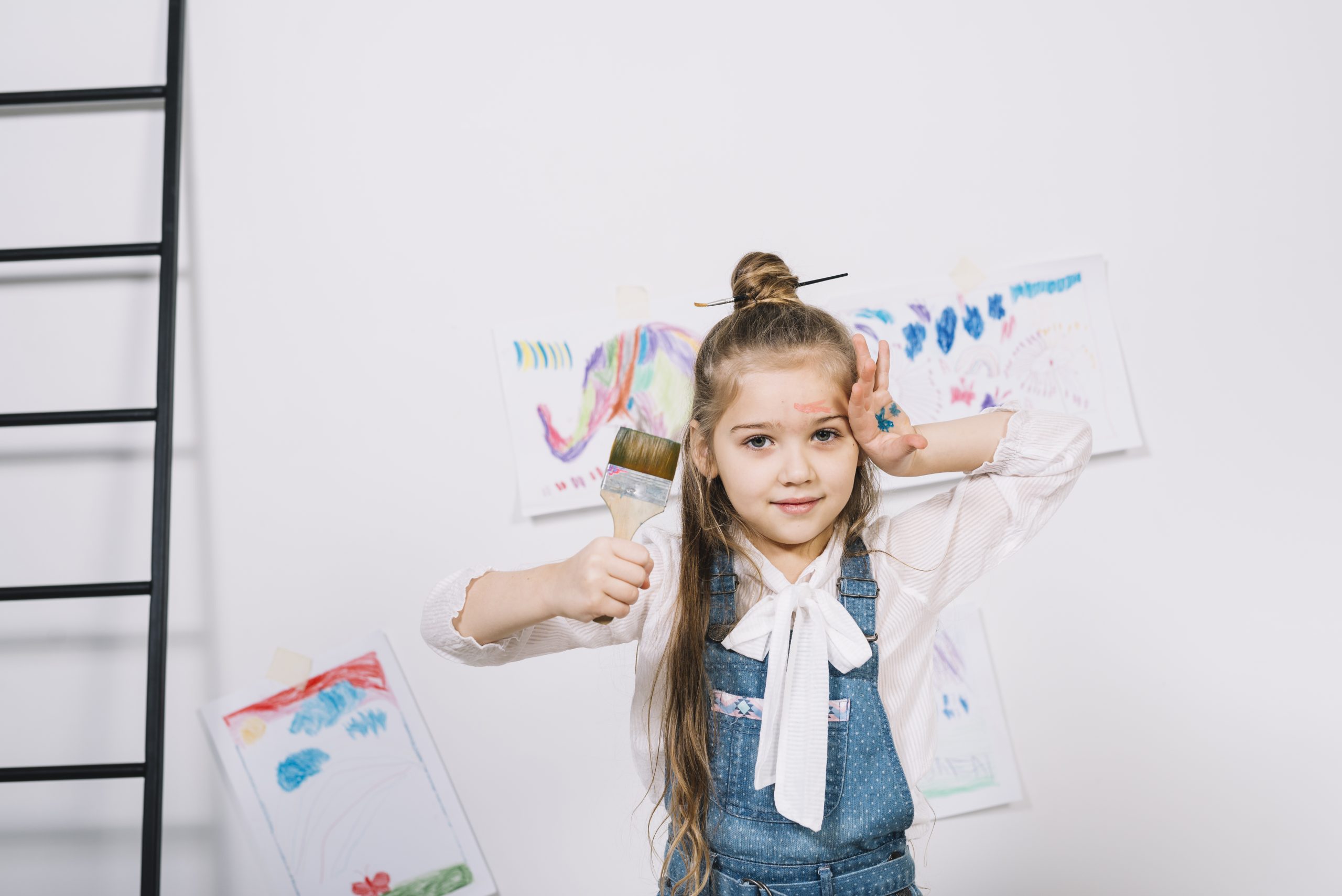
Nurturing Creativity and Imagination in Preschoolers through Art
As adults, we often struggle to generate original solutions to problems or lack the imagination to see beyond the immediate circumstances. However, preschoolers, with their innate creativity and imagination, are naturally inclined towards art. Introducing art to preschoolers not only fosters and nurtures these intrinsic qualities but also promotes cognitive, emotional, and physical growth. Through art, preschoolers enhance hand-eye coordination, spatial awareness, and fine motor skills, while also learning to express their thoughts and feelings, develop problem-solving techniques, and stimulate creativity and imagination.
Preschoolers’ natural inclination towards imagination and creativity makes art an excellent avenue for their self-expression, emotional exploration, and skill development. By engaging in art activities, preschoolers can gain confidence, improve fine motor skills, and learn about forms, colors, textures, and various artistic techniques. In this article, we will discuss the importance of introducing art to young preschoolers and practical methods for doing so.
The Value of Teaching Preschoolers About Art
Early childhood art education is crucial for the overall development of preschoolers. It allows them to express themselves, articulate their emotions, and unleash their creativity. Art education also fosters important skills such as problem-solving, critical thinking, and decision-making, while enhancing fine motor skills, hand-eye coordination, and sensory awareness. Additionally, exposure to art encourages preschoolers to think creatively and appreciate the beauty around them.
Guidelines for Teaching Preschoolers About Art
Introducing art to preschoolers should be a joyful and engaging experience. Here are some tips for parents, guardians, and teachers:
- Start with easy art projects: Begin with simple crafts like finger painting and coloring to allow preschoolers to experiment freely with colors and textures.
- Use a variety of materials: Provide crayons, paint, markers, and other art supplies to encourage creativity and exploration.
- Encourage open-ended projects: Instead of giving step-by-step instructions, allow preschoolers to create whatever they like, fostering imagination and creativity.
- Teach art concepts through projects: Use art projects to introduce preschoolers to concepts like shapes, colors, and patterns, encouraging them to explore artistic elements.
- Integrate art into routine activities: Encourage preschoolers to depict everyday objects like pets or favorite foods, enhancing their observational skills.
- Create a supportive environment: Display preschoolers’ artwork prominently to boost their confidence and celebrate their achievements.
Preschoolers’ Art Techniques
Exposing preschoolers to a variety of art mediums can enhance their curiosity and creativity. Here are some popular art techniques suitable for preschoolers:
- Collage: Preschoolers can create collages using various materials like paper, fabric, and stickers, encouraging exploration of colors, shapes, and textures.
- Sculpting: Modeling clay or playdough allows preschoolers to sculpt shapes and figures, improving their fine motor skills and hand-eye coordination.
- Printmaking: Preschoolers can make prints using simple materials like foam or cardboard, fostering creativity and experimentation with patterns.
- Drawing and painting: Traditional art forms like drawing and painting enable preschoolers to express their creativity using different mediums such as tempera paint, watercolors, and crayons.
Art plays a vital role in preschoolers’ development by providing a means for self-expression, creative exploration, and skill enhancement. Parents, caregivers, and educators can introduce art to preschoolers in fun and engaging ways, fostering their creativity and imagination. By following these guidelines and exploring various art techniques, preschoolers can develop a lifelong love for art and unleash their creative potential.
Conclusion
Introducing art to preschoolers is essential for their holistic development. Art allows them to express themselves, develop critical skills, and unleash their creativity. By creating a supportive environment and offering diverse art experiences, parents and caregivers can nurture preschoolers’ artistic abilities and set them on a path to lifelong creativity and self-expression.
Remember, art is not about creating perfect masterpieces; it’s about encouraging preschoolers to express themselves freely and enjoy the process of creation. By embracing art, parents and caregivers can empower preschoolers to explore their imaginations and creativity, laying the foundation for a lifetime of artistic fulfillment and personal growth.


